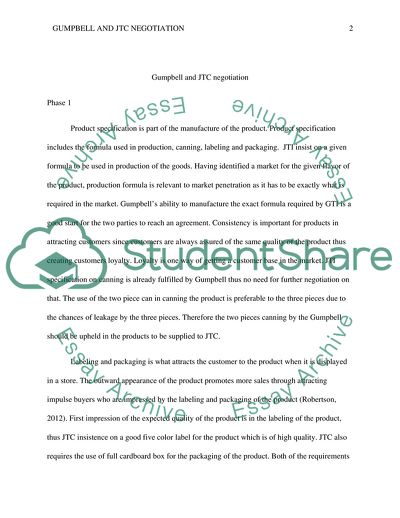Cite this document
(Gumpbell and JTC negotiation Case Study Example | Topics and Well Written Essays - 2500 words, n.d.)
Gumpbell and JTC negotiation Case Study Example | Topics and Well Written Essays - 2500 words. https://studentshare.org/finance-accounting/1853176-gumpbell-and-jtc-negotiation
Gumpbell and JTC negotiation Case Study Example | Topics and Well Written Essays - 2500 words. https://studentshare.org/finance-accounting/1853176-gumpbell-and-jtc-negotiation
(Gumpbell and JTC Negotiation Case Study Example | Topics and Well Written Essays - 2500 Words)
Gumpbell and JTC Negotiation Case Study Example | Topics and Well Written Essays - 2500 Words. https://studentshare.org/finance-accounting/1853176-gumpbell-and-jtc-negotiation.
Gumpbell and JTC Negotiation Case Study Example | Topics and Well Written Essays - 2500 Words. https://studentshare.org/finance-accounting/1853176-gumpbell-and-jtc-negotiation.
“Gumpbell and JTC Negotiation Case Study Example | Topics and Well Written Essays - 2500 Words”. https://studentshare.org/finance-accounting/1853176-gumpbell-and-jtc-negotiation.


